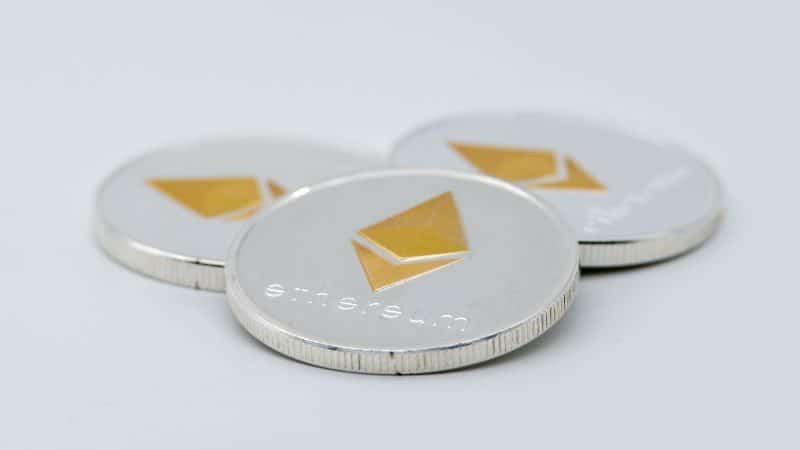The last few days have seen a sharp drop in Ethereum’s gas.
The drop in gas on Ethereum
As a matter of fact, however, the anomaly is not so much in this drop, but in the previous peak.
Until October 23, average fees per transaction were below $25, with the median below $11. From 24 October onwards they began to soar, reaching a peak in the fourth quarter on November 2, with average fees rising to over $56 and medians to over $30.
Since November 3, the situation has normalized somewhat, with average fees dropping to $36 and median fees to $18 yesterday.
Expressed in Gwei, average fees per transaction rose from 71 Gwei on October 23 to 198 Gwei on October 28. As of November 3, they started to fall, returning to 104 Gwei yesterday. At this time they have also fallen below 90 Gwei. 1 Gwei corresponds to 0.000000001 ETH.
The fee reduction has also led to a slight reduction in ETH burned due to the London update. The average over the past 30 days is 7.29 ETH burned every minute, while yesterday’s average was 6.88.

Ethereum network congestion
As it is still a Proof-of-Work (PoW) based blockchain, Ethereum is often congested with a very large number of transactions waiting to be placed in a block and confirmed. The higher the congestion, the more those who send ETH or ERC-20 tokens on-chain have to pay fees to secure a short validation.
Fees are therefore a good thermometer to measure the level of congestion on the network, which in recent weeks has been particularly high, although probably not at an all-time high.
This situation is repeated very often, especially when the price of ETH rises very quickly, so we can expect more such flare-ups in the event of new price booms.
The situation is slightly different for Bitcoin, since a large number of low-value transactions no longer pass through the blockchain, but are settled on the Lightning Network, which does not use PoW to validate them.
As a result, high-value transactions in particular remain on the blockchain, with fees dropping significantly. The highest peak in the fourth quarter was below $5 on 7 October.
It is worth noting, however, that while only BTC transactions are actually recorded on the Bitcoin blockchain, the Ethereum blockchain also records transactions of thousands of ERC-20 tokens, including USDt and Shiba Inu, to name but two that have generated the highest volumes in recent weeks.
The post Ethereum: a sharp drop in gas appeared first on The Cryptonomist.




















